December 20th, 2023
8minute read
When I first fired a rifle, B.C.
was a distant time predating gunpowder.
Now, in shooter chat, its a number assigned to a bullet.

Big game bullets developed for controlled upset and deep penetration now feature high-BC profiles.
As slumber is easily induced by reading about BC, Ill be brief.
For bullets commonly used in small arms, BC is a three-digit number following a decimal.
The higher that number, the better a bullet fares battling air resistance.
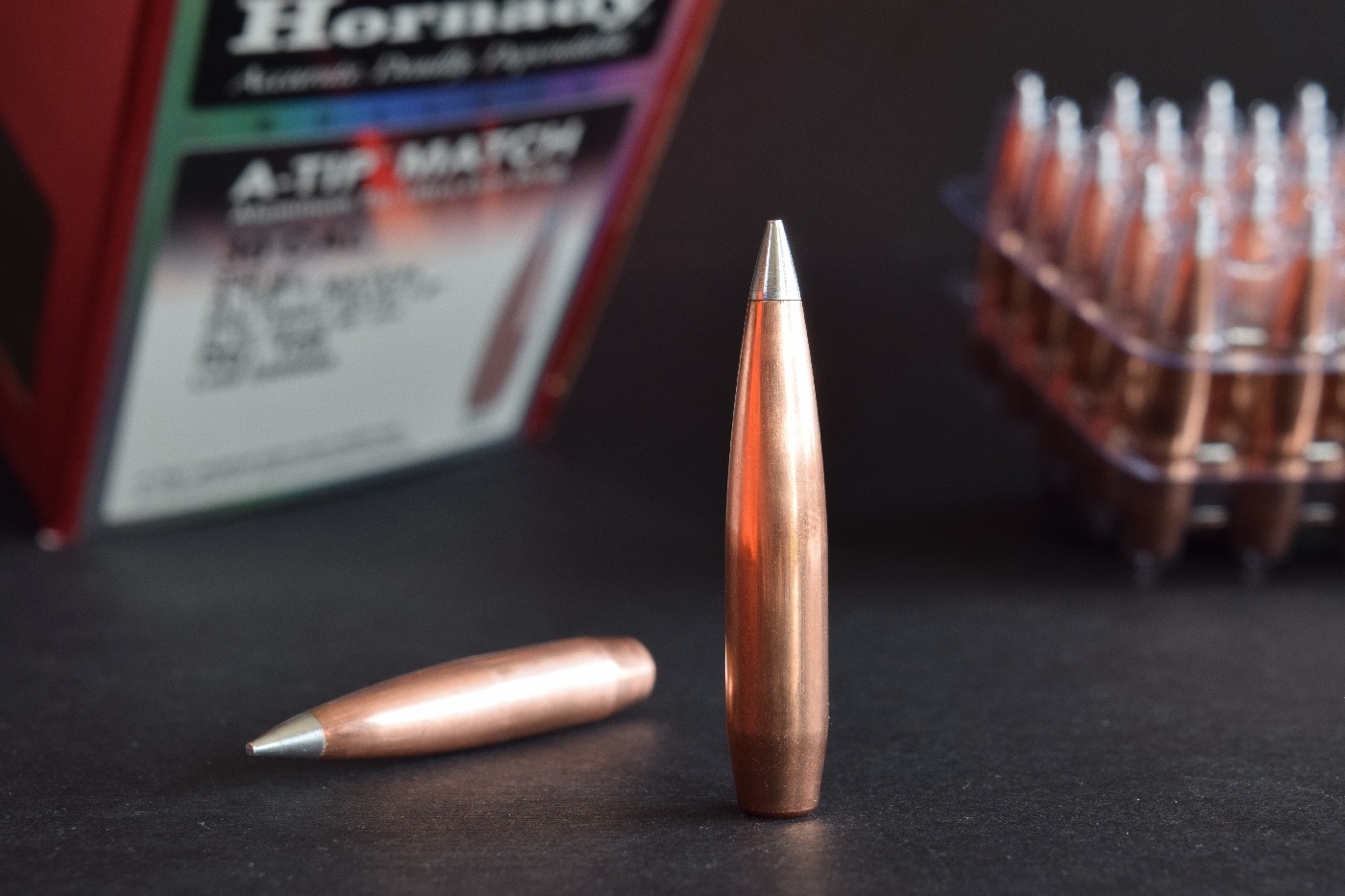
Hornady’s .30-bore alloy-tipped match bullets have G1 BCs as high as .823 and .878. Fast twist a must!
Youre traveling at just 88 feet per second.
But your muscles are taxed holding your arm straight.
The cars movement causes still air to feel like strong wind.
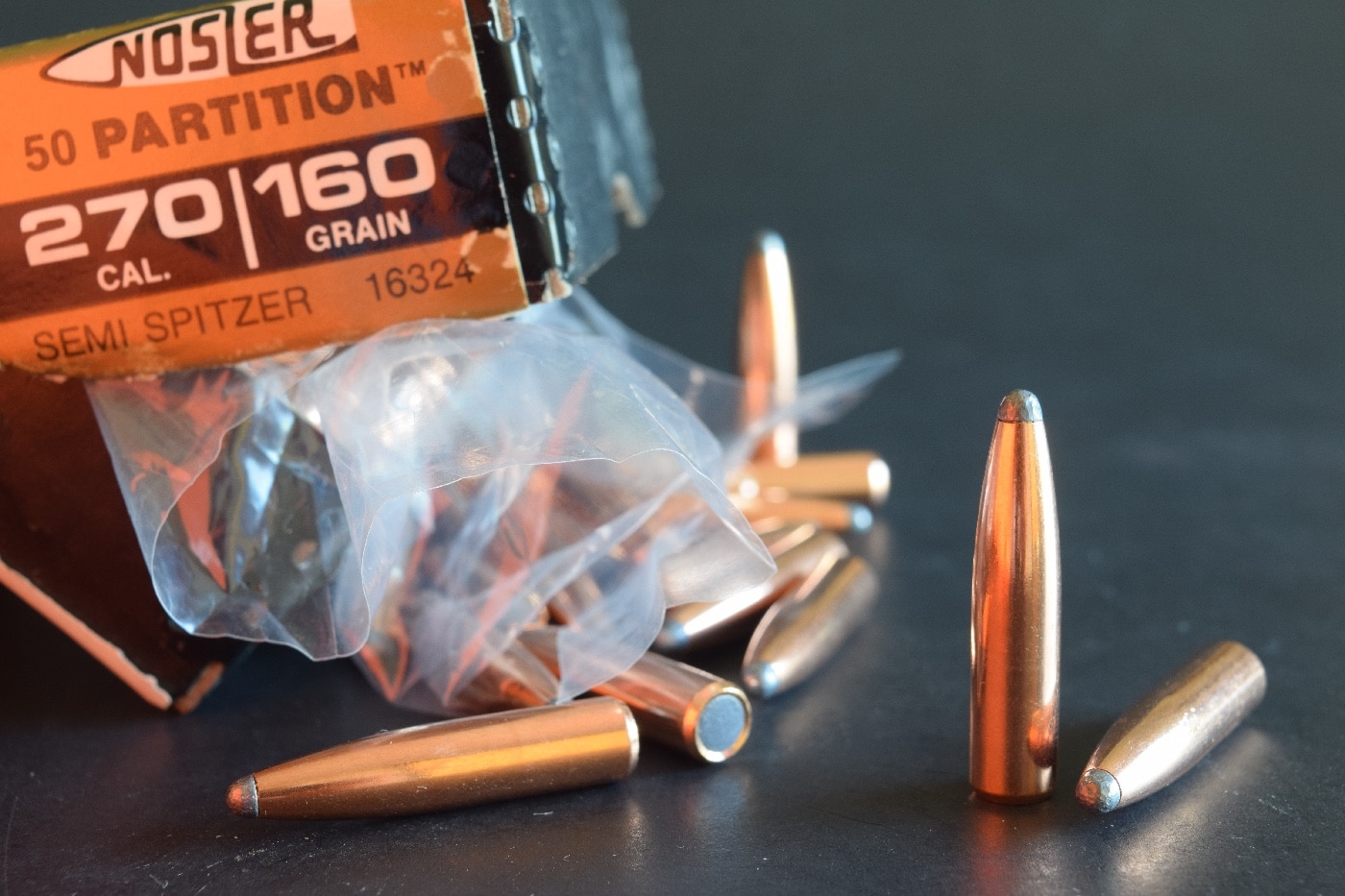
Sectional density contributes to BC, but highest SDs nix pointed noses. For tough game, it is a good trade.
But its pace is glacial compared to a bullets.
Were you riding that bullet, your hair would be flat indeed, your eyes watering.
Air resistance and friction, plus turbulence set up in flight, act as brakes.
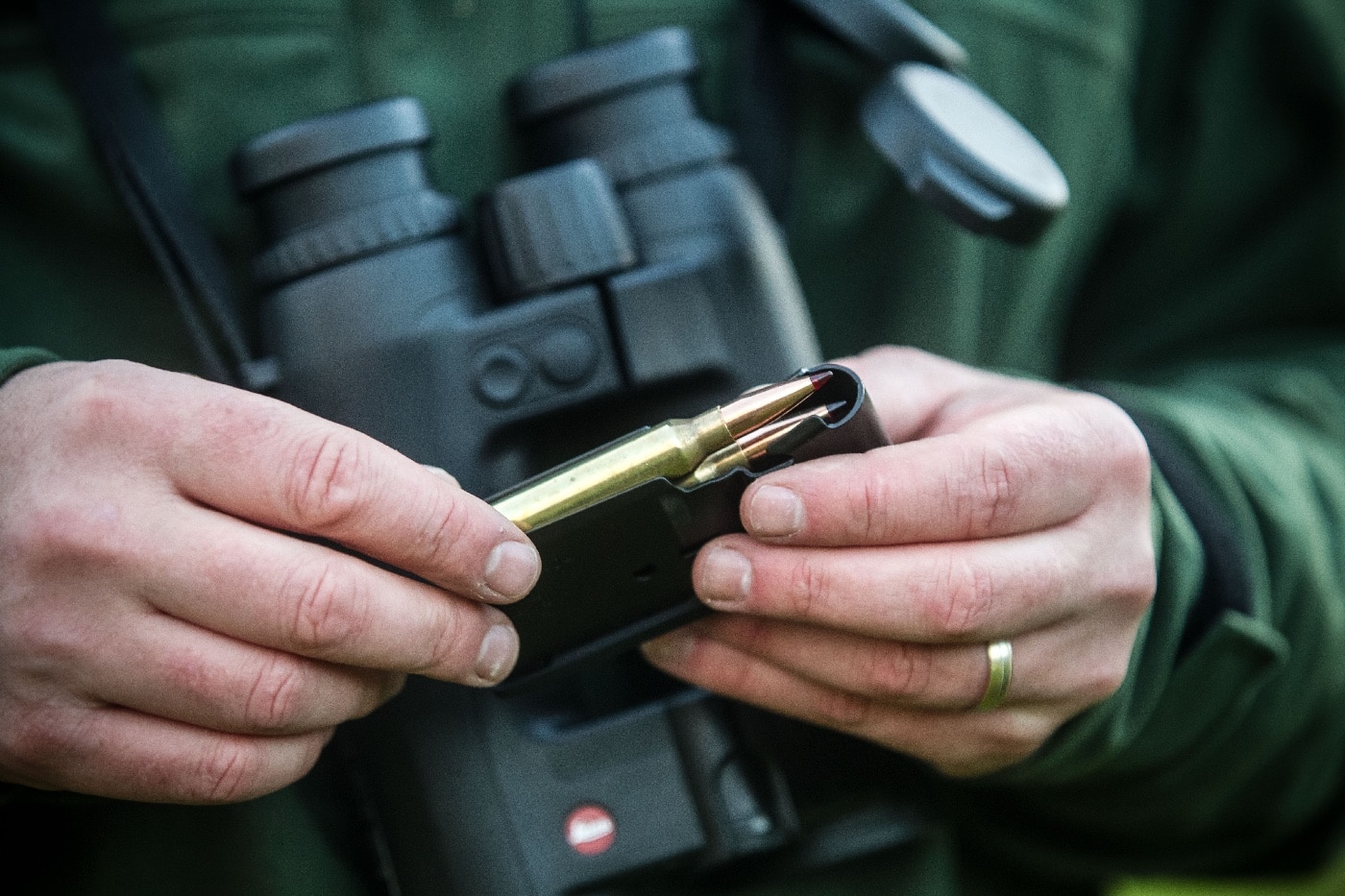
High-BC bullets face constraints imposed by magazine and throat lengths, case capacity and rifling twist.
All the while, gravity pulls the bullet toward earth at the accelerating rate of 32 fps per second.
Measuring the speed of bullets, and tracing their path, challenged early shooters.
Trataglias experiments showed the launch angle that gave bullets their greatest range was near 45 degrees.
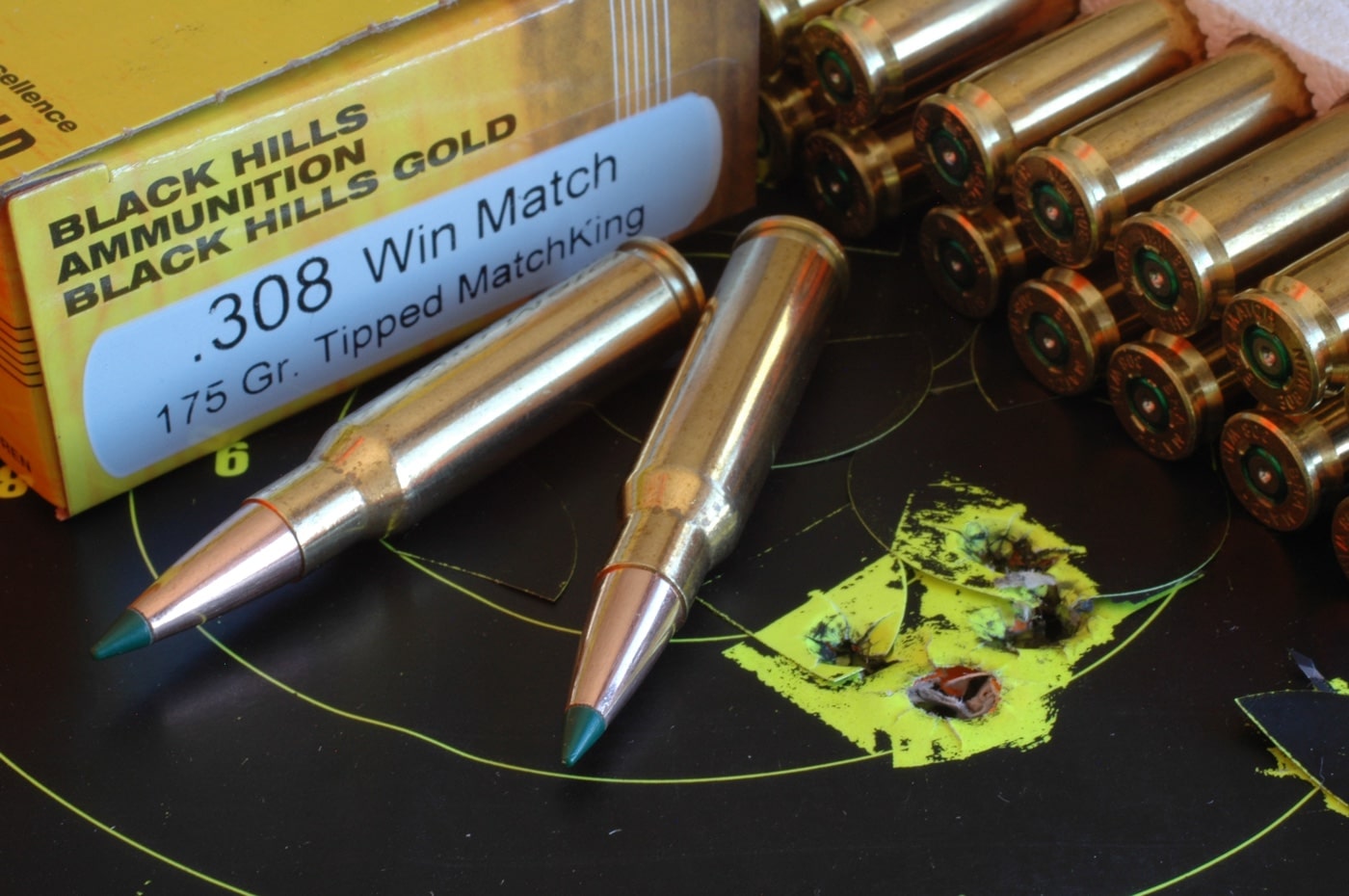
The author found that match bullets heavy for the bore, with long, pointed ogives, excel at long range.
This is much steeper than the angle that gives a .30-06 bullet its longest reach.
Still, Trataglias conclusion was valid for his day.
Modern high-speed bullets, in contrast, are influenced more by drag.

Most game is killed within the reach of standard softpoint loads. Only at very long range does a projectile’s BC truly matter.
But as Trataglia, he ignored drag in his calculations.
Compared to the acceleration of gravity, drag on a cannonball dropped from a window was essentially zero!
Another century on, Englishman Benjamin Robins devised a ballistic pendulum.
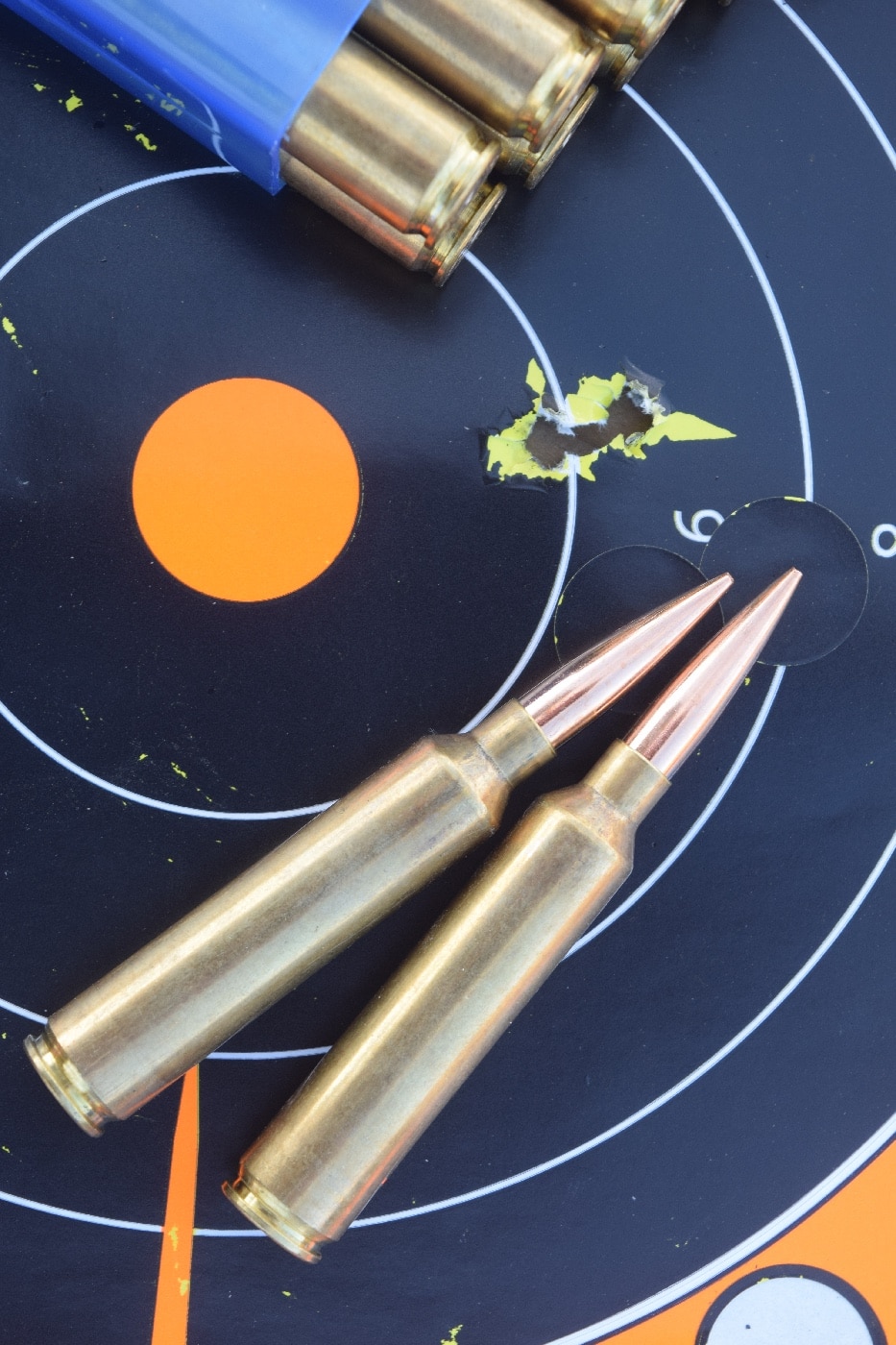
A long-rifle action and magazine accommodate these racy bullets for the 28 Nosler. G1 BC: over .650.
In the 1740s, few of his colleagues could imagine musket balls streaking away at 1,400 fps!
Decades later, drag measurement would bear out Robins results.
Isaac Newton conducted pendulum experiments, too.
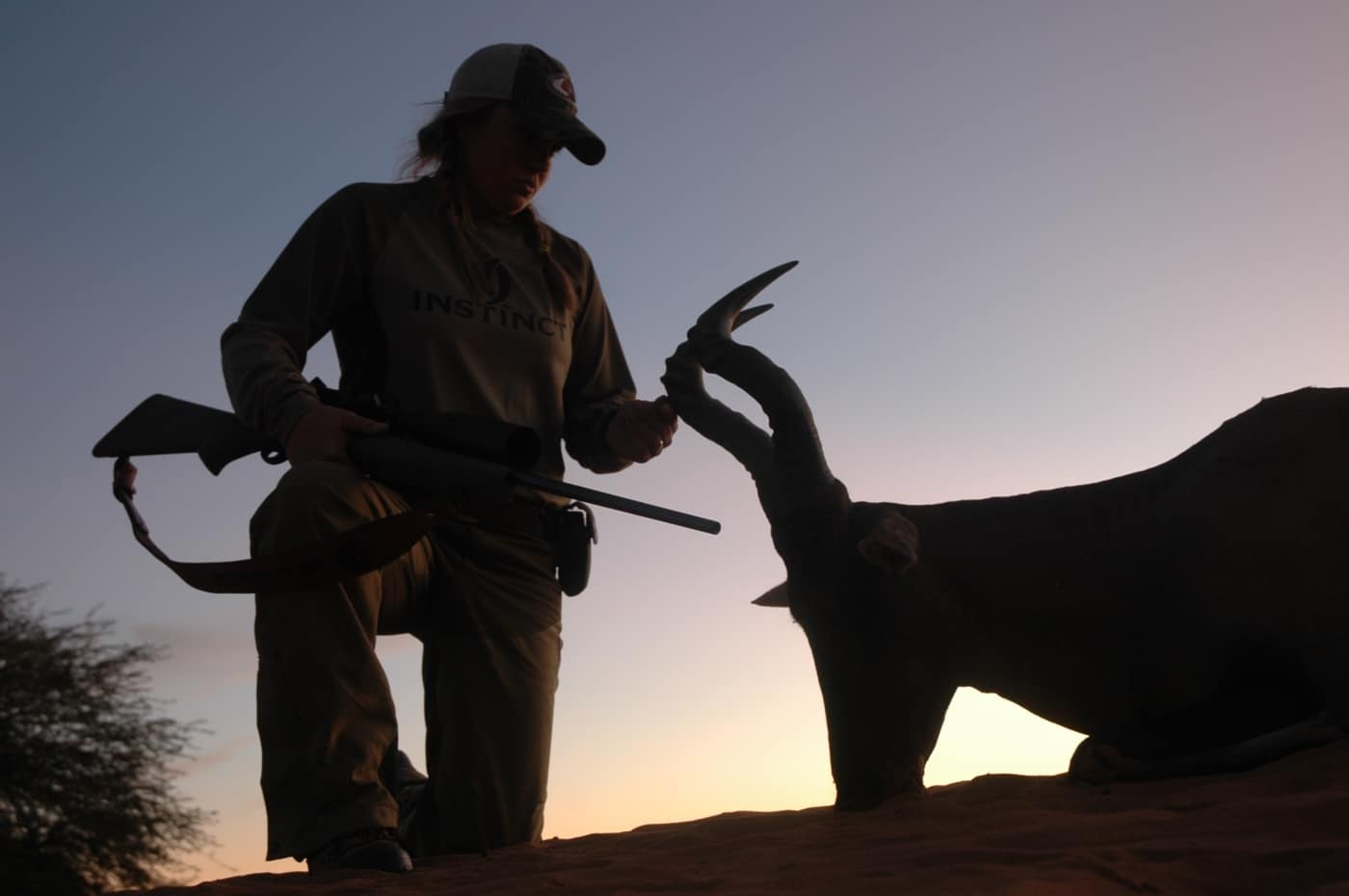
BC matters only in flight. Kills on hardy game depend on controlled bullet upset and deep penetration.
Newton showed that drag increases with air density and with the cross-sectional area of the bullet.
He also demonstrated a relationship between drag and the square of a projectiles speed.
Use of a ballistic coefficient became practical late in the 19th century, with adoption of standard bullets.
Fashioned after artillery rounds of that era, they had specific shape, weight and dimensions.
Early to the party was Germanys Krupp bullet.
Krupp data prompted a Russian colonel, Mayevski, to develop a mathematical model showing its drag deceleration.
It was 3.28 inches long, with a 1.96-inch shank and a 1.32-inch nose with 2-caliber ogive.
Computing BC formally C with a ballistic subscript is a tedious task.
Getting to i is no fun mathematically unless youre a numbers nerd.
The higher its form factor, the easier a bullet cleaves air.
Many hunters carried .30-30 lever rifles with 170-grain bullets whose flat noses trimmed BCs to half that.
The .360 BCs of the pointed 180s in my .303 SMLE seemed high to me.
Theyre modest by current measure.
Here with a summary:
The G7 standard is used increasingly now.
It best represents the VLD or very-low-drag bullets favored by long-range shooters, and ever more often by hunters.
It is 4.230 long, with a .600 tapered heel (boat-tail) and a 1.450-inch shank.
The 2.180-inch nose has a 10-caliber ogive.
Many manufacturers now show G1 and G7 values for their sleekest bullets.
G1 numbers are the highest.
The G1 and G7 numbers are equally valid.
Think of measures in miles and kilometers.
Remember too, the G7 shape is the more demanding standard.
So why dont all bullets have Pinocchio noses and long tapered heels?
Well, long tapers rob bullets of weight that contributes to sectional density and penetration in tough game.
Long bullets must be seated deep to erase the fronts of magazines.
Deep seating intrudes on powder space in cartridge cases.
Thats why fast-twist rifling is commonly recommended for heavy VLDs and cartridges designed for them.
A bullet with a .600 BC, launched at 3,000 fps, falls about 58 inches at 500 yards.
A bullet with a BC of .400 sags 65 inches.
Not much more, given the 33-percent change in BC!
Energy retention more nearly reflects point of impact change than it does differences in BC.
The longer the shot, the greater the benefit of high BC.
Any advantage of a speedier start from a lighter bullet is soon lost to faster deceleration.
Secondly, actual BC isnt always the same as the calculated number.
And ballistic coefficients can change markedly near the speed of sound.
Bullet weight, construction (upset and penetration) and accuracy figure more heavily on most hunts.
BC matters only at ranges beyond those at which animals are usually killed.




